Boating the Headwaters
Put in
At our chosen put-in location, there was a nice eddy at the confluence. I inflated my kayak in a bear's sleeping nook. There were rotten salmon fins and bones scattered about next to bear scat and what appeared to be bear puke. The Headwaters looked like a full-blown river, not like a creek at all. Looking upstream, I could see at least six logs skewering in from the banks. The largest trees appeared to be old-growth. All of them evergreens, mostly Douglas fir. The logs looked like they had been there a long time, mostly still had their bark on but not branches. There were routes over or around all the logs I could see at the put-in. We launched downstream and my first maneuver was to go right of a skewer log, through a green tongue into a crashing wave. The river felt fast, but not too pushy. The gradient was pretty gentle for the first little bit.

Incident Report #1
The first major mishap was my fault. I was leading in the inflatable kayak and told the group that I was going to eddy out on the right, before a blind corner. I then proceeded to miss the eddy, it turns out it was flushing and full of small branches that made it difficult to get into. I tried to grab one of the branches to slow myself down, which is a mistake I've made before and know not to do. The current was so swift underneath me that my boat was dipped into the water by the force of my holding on to the branch, I effectively swamped myself and the boat flushed out from under me. I reflipped the kayak immediately and was beginning to climb back in when I saw that a large old-growth skewer log was spearing in on the right side just below where I was swimming. And below that, I could see what appeared to be a river-wide long jam coming into view in another 30 ft.

I quickly decided to ditch the kayak and use the skewer log to arrest my descent, I grabbed the gnarled bark with my hands and swung my legs around in the current, catching the slack water behind the log with my body. It wasn't a great spot, however. The real slack water was to river right of me and my legs were dangling in a small surf wave being created by where the log dove underwater. My legs were out behind me in the surf, preventing me from reaching them down for the bottom of the river, which appeared to be shallow. I made one attempt to climb up against the current, but there was too much water going over my head, so I decided to swing out onto my back and bring my body towards the eddy to my right with a barrel roll, still holding on with one hand. Right. That worked great and my helmet created an air pocket for me so that I could assess my downstream situation. It was not as bad as I originally thought, there was only some water diving under the log jam and a pretty good eddy above it to the right. I decided to let go of the log and wade into the eddy. I found that only a couple of feet underwater was a nice stable gravel bar that I could stand on. I bet it was created by the hydraulic behind my favorite log.
From there I could see my boat was parked to the right of the log jam, with my paddle. I was able to use the bark like a jungle gym and climb up onto the old growth log and give a single whistle blast to get the attention of my friends, who had caught the original upper eddy on the right just above where I had swam. Josh was running downstream in case I needed help. It had appeared to them that I was potentially body entrapped on my favorite log. I let them know I was OK and that they should go ahead and start portaging from where they were, and Josh pulled my boat up onto the log jam to keep it safe from being sucked underneath. It took us probably an hour to portage the first long jam, it was fairly difficult and we didn't want to rush and create another mishap.

Portaging
Doing an exploratory run like this with serious wood hazard, we came into it expecting to do lots of portaging. We packed as light as we possibly could to make this easier. We helped each other, usually I went first in the IK and then came back to spot the other portages with a rope or a hand. The hard shell kayakers worked together to pass each of their kayaks over obstacles, and the R2 team was able to side by side toss the boat over the trees.
At the second major log portage, a headwall jutting out on the river right prevented us from walking along the shore with the boats. I set a throw rope as a lining aid along the shore around the cliff. Then we clipped the boats into that rope and shoved them out in the current, where they swung around the cliff into the eddy on the back side and I caught them. This worked great for the inflatables and we were able to avoid having to belly crawl through the brush in that instance. Two portages were on the right and one was on the left. At the left-hand one, we saw an enormous salmon swimming!

Boogie Water
After the log jam, we were able to boat a couple hundred yards before coming up on another old growth Doug fir tree completely spanning the entire river about a foot off the water. The river's right side of the tree had enough room to duck underneath potentially, however, there was another log on the back side making that a dicey move. We decided to portage again and had to maneuver up the riverbank and then back under the second log to get around, it was so big in diameter that no one was able to climb up it. We found some amazing rocks. They were giant pieces of jasper filled with quartz veins. The tree itself seemed fairly fresh but there were no branches in the water because it was so big that the canopy had landed completely on the opposite bank. After this portage, it looked pretty clear downstream and we started making some fast progress.

The gradient was mellow and the character was class 2 fast boogie water. For being a small drainage, it was not small. The bed of the stream was very wide and could accommodate a lot of water. We made about a mile of progress in what felt like 10 minutes or less. Then things started to get a little out of control. The gradient increased as we got close to Chrome Creek and suddenly the main channel filled with brush. We pulled over on river left and could not see a clear route through the brush. Chris hiked down the bank scouting the rapid and reported back that it was a class three rapid and no log jams below it that we could see. However, no clean line through the brush. So I decided to go first and I hugged the left side, ducking and hip-checking a couple of tree branches. It went fine and I continued downstream into the first available micro eddy. The raft styled it, they came through cleanly and had a better line than I did. They mauled a small tree, took it straight on and it bent completely under the raft. The hard shell kayaks crashed through okay as well. After that, there were no other micro eddies for the rest of my group, so I peeled out in front of them and the character was brushy, brushy, brushy. I was having trouble seeing what was next because of the branches hitting me in the face.
We ran probably a quarter mile of dicey continuous class three with brush hazard until the furthest downstream thing I could see coming up was what looked like a giant pourover in the middle of the river, with an old growth log skewering in from river right, likely in play. I eddied the group out on river-left against the bank in an area clear of brush. I gave a whistle blast, got out of my kayak, and walked it upstream to allow additional room for the others to park.

Boat spacing
As with all fast-paced continuous runs, boat spacing can be difficult to manage. Different crafts have different strengths and speeds of travel. We put the inflatable kayak in front, the two hard shells in the middle, and the raft in the back. Occasionally the boat order was lost due to eddy hopping. It did feel like this run at this flow was so continuous that if someone were to become pinned, it would have been extremely difficult to stop in a location of maximum usefulness to help. So even with tight boat spacing, sometimes it felt like we were each boating alone.
I was able to keep out in front fairly easily and had to find micro eddies to pull over in and wait. Every time I pulled over as the lead boat, the boats behind me started getting nervous that perhaps we had another log to deal with. So I would give them the go signal, which we had established was an arm straight up in the air, so they would know that I was just adjusting the boat spacing and not stopping the entire group. For pulling over the entire group for wood portages, I used a whistle blast and an eddy-out signal, with verbal confirmation of river-wide wood as well.

Catching slack water to maintain boat spacing felt similar to playing safety/ being ready to peel out after swimmers. I calculated the amount of time it would take me to leave the eddy and get back in the main current online and matched that time lag with the trajectory of the boat coming downstream. With such a fast-paced creek and limited visibility, this calculation was more difficult than on other creeks I've done before. I found myself having to focus extremely intently on the timing to avoid making the second boat feel like it needed to slow down. Juggling that with reading the water out front put me on hyper-alert mode. It was starting to feel like survival boating as we neared Chrome Creek and the gradient increased.
Reading the water as the lead boat on a tight twisting creek, I was not willing to commit to blind corners since there was unknown wood in play. The continuous nature meant that blind corners came up very fast. Catching the outside water above a corner to peek around it, but then still being able to work my way back to the center without messing up the boat spacing and lead through the corner successfully, was very challenging. The outsides of the corners also tended to have wood coming down the bank on the erosional slope. The insides of the corners tended to have willows and alders growing in what I can only assume would be gravel bars at lower flows. I was constantly looking as far downstream as I possibly could, and sacrificing a lot of my water reading that was happening right in front of me to do so. I was relying on balance and bracing to engage with whatever the features were that I was boating over at the moment. I didn't have time to look at them.

Stay tuned for part three next week.


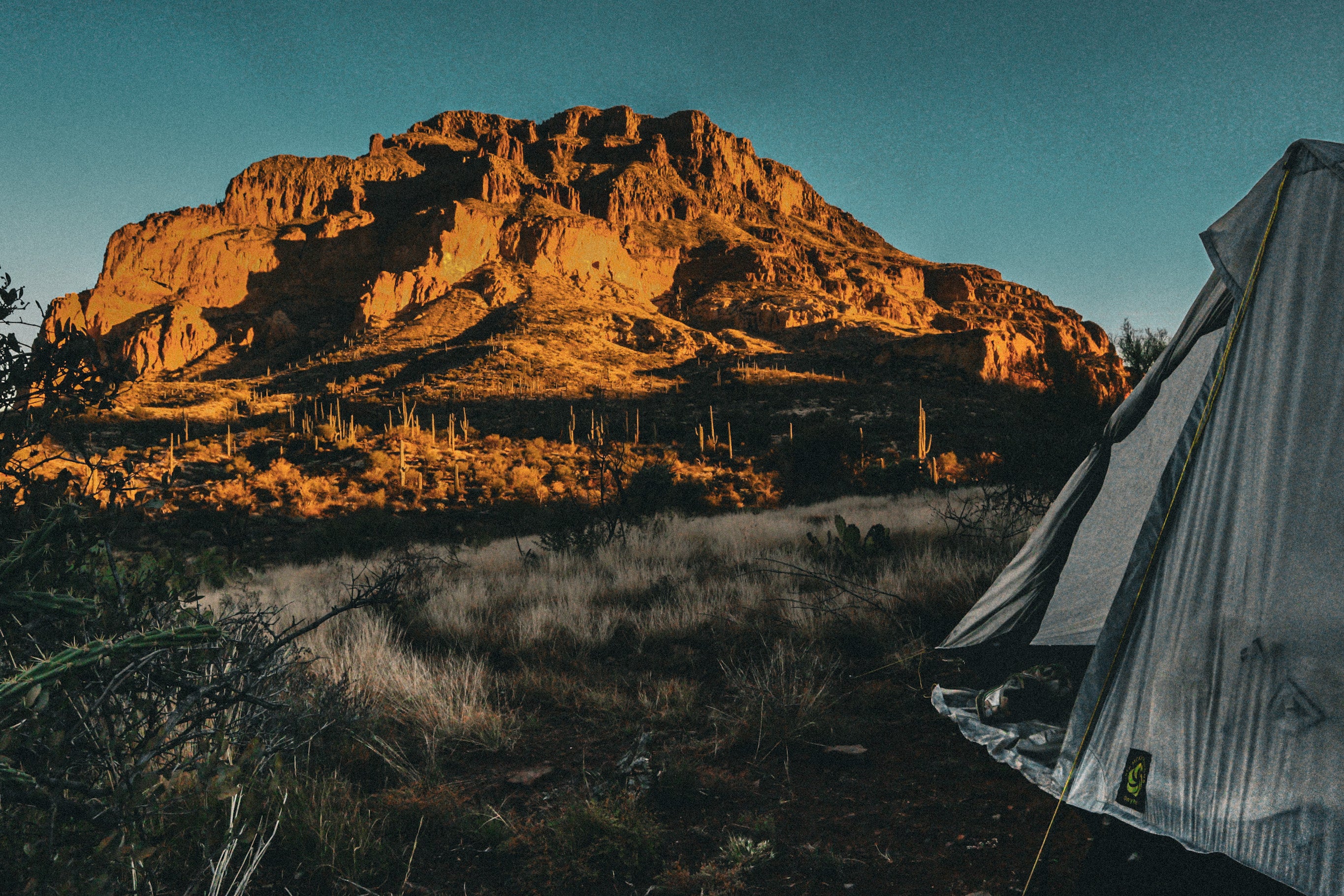
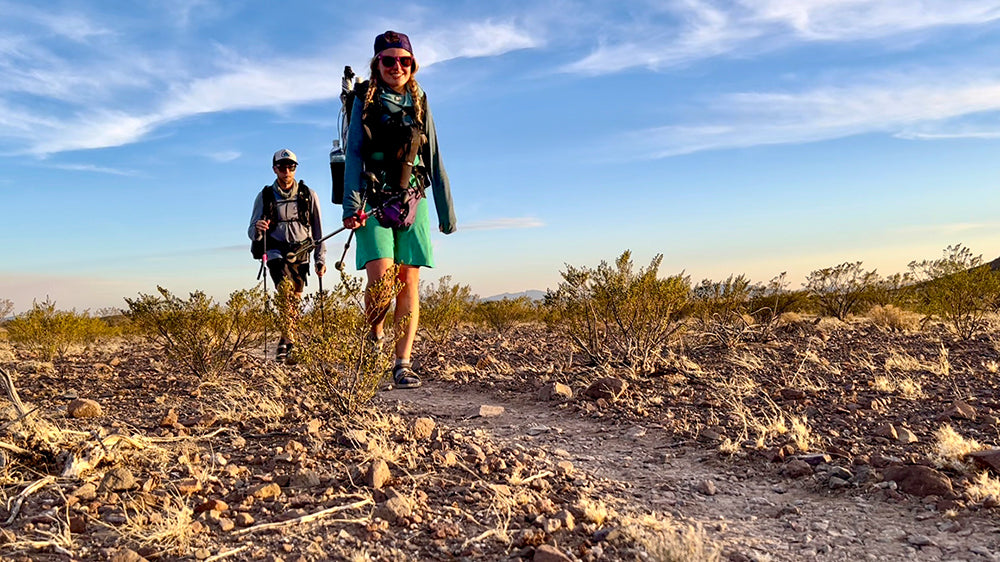
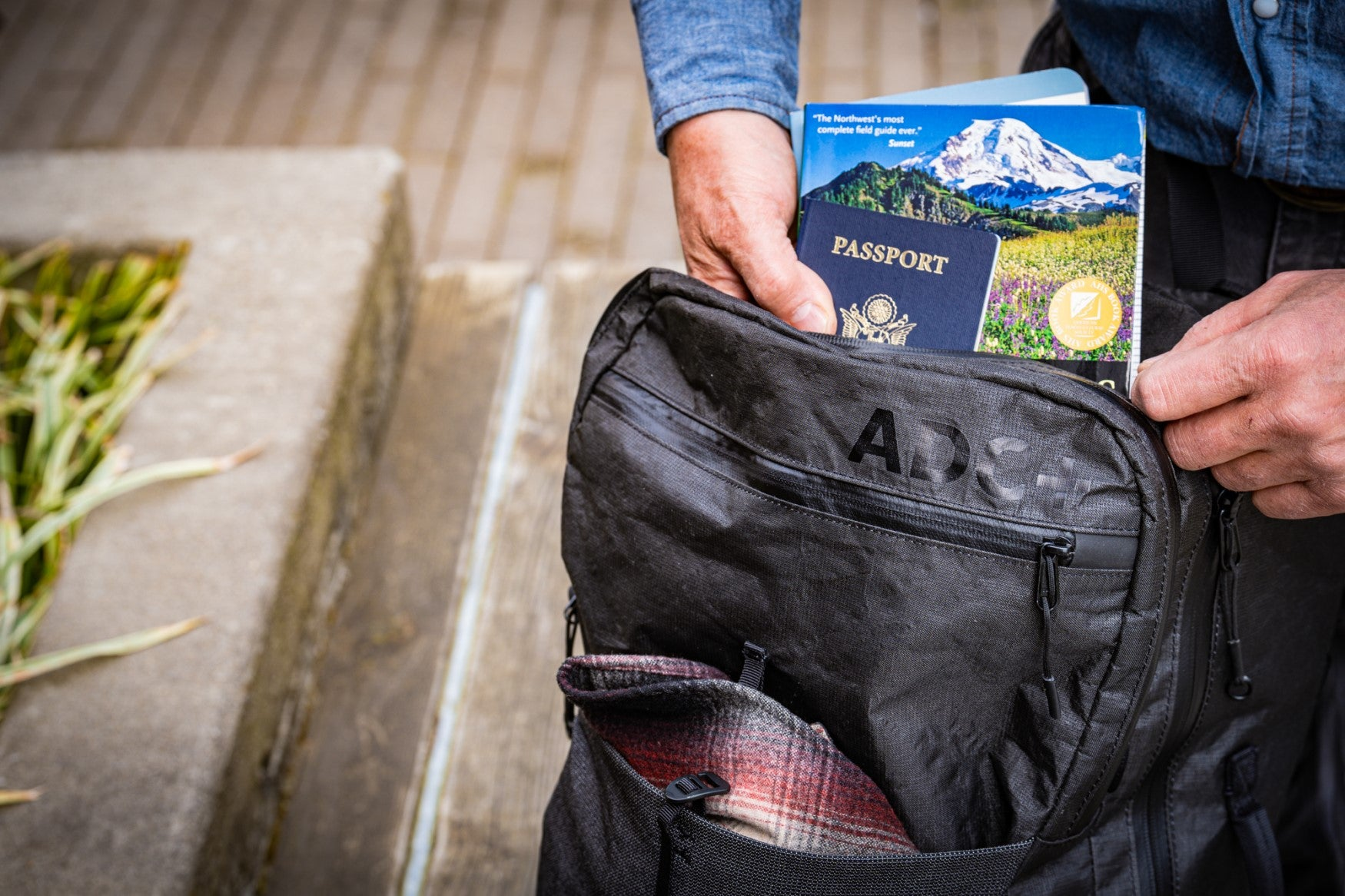
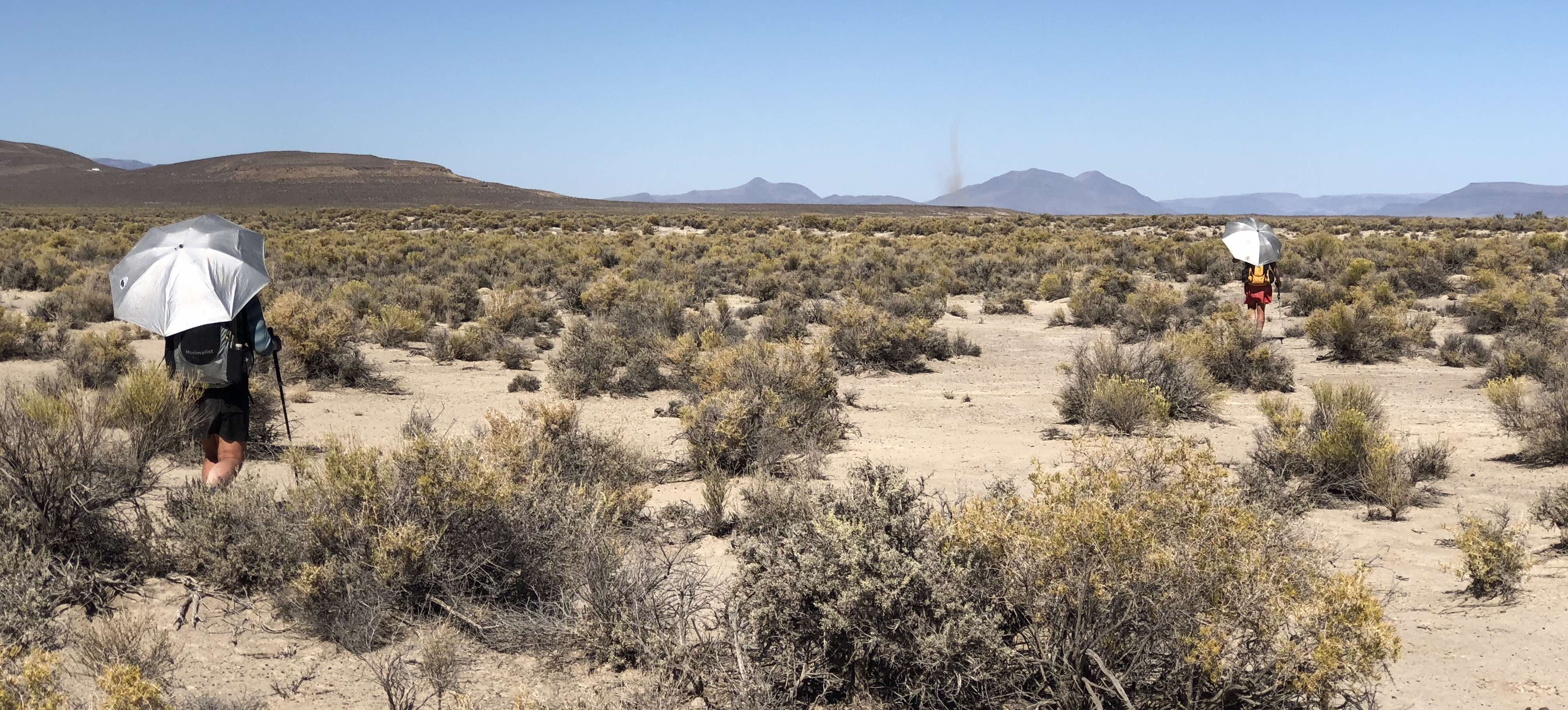
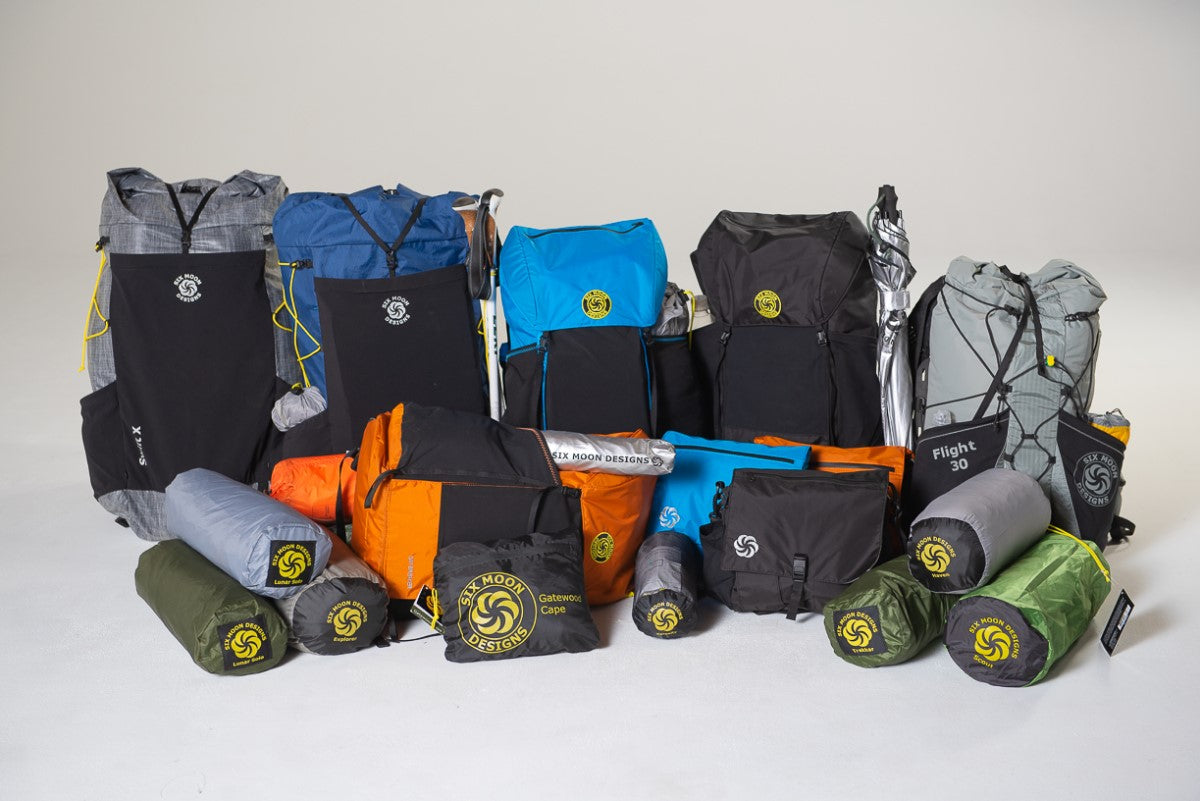
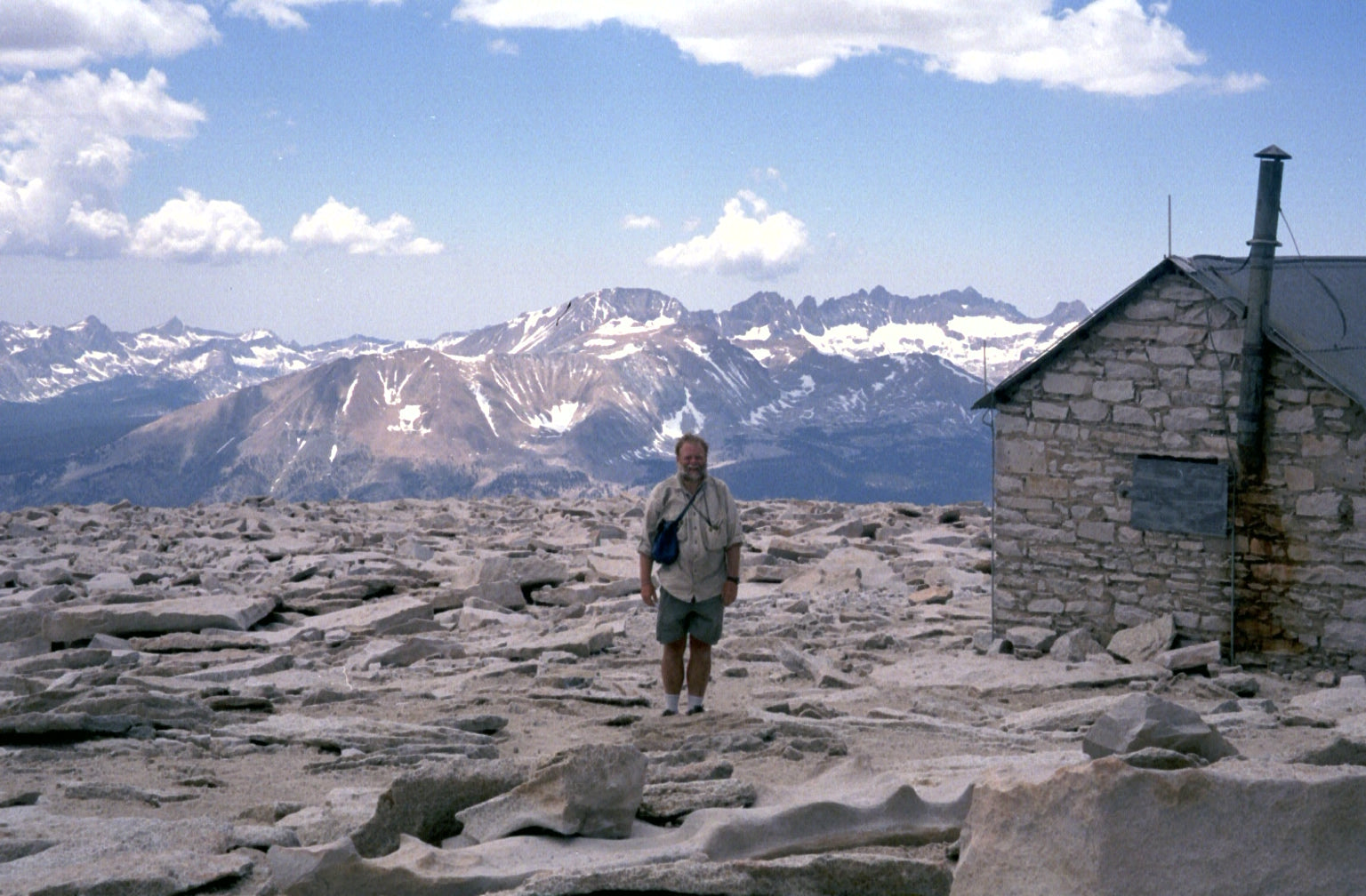
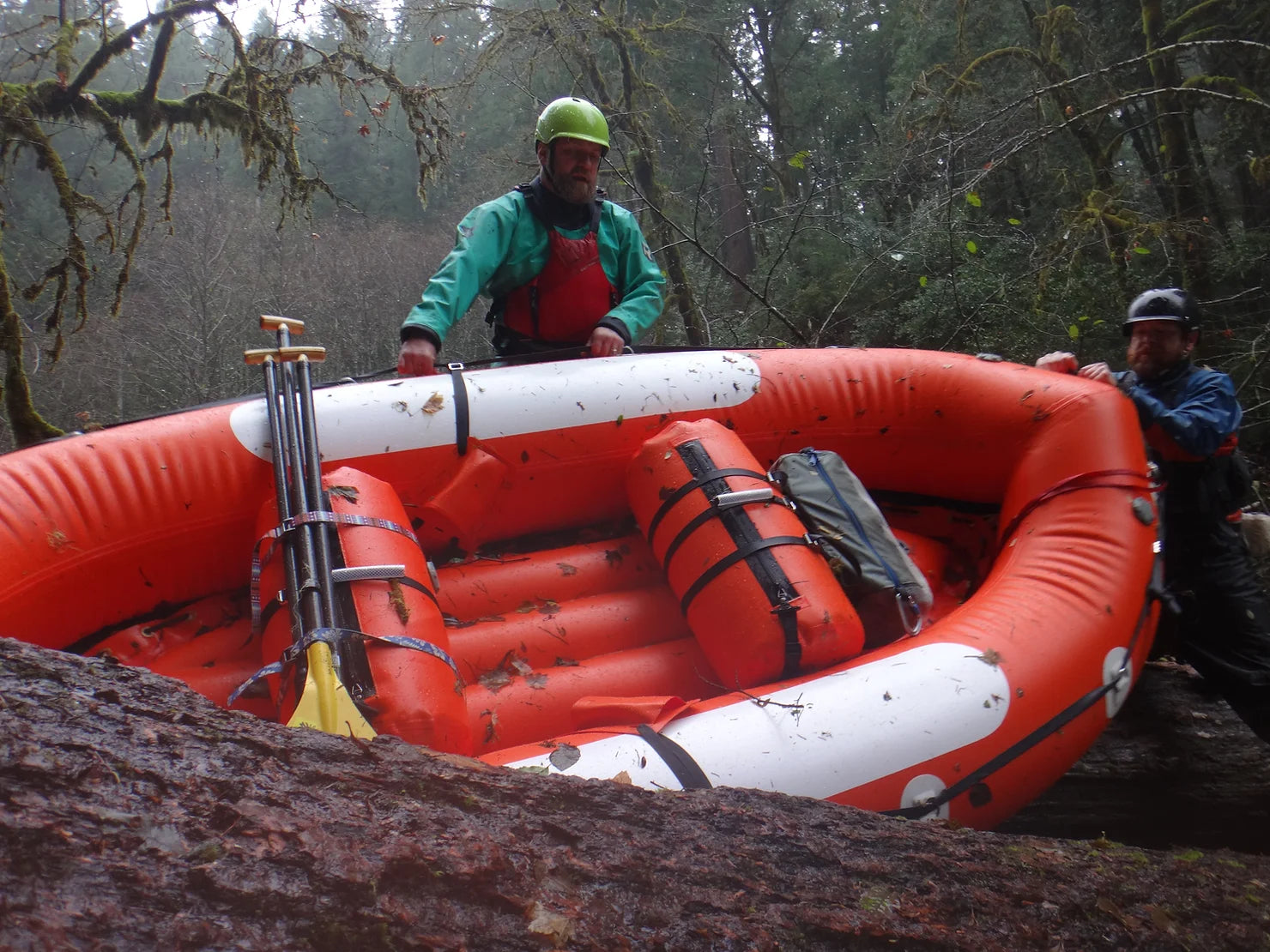
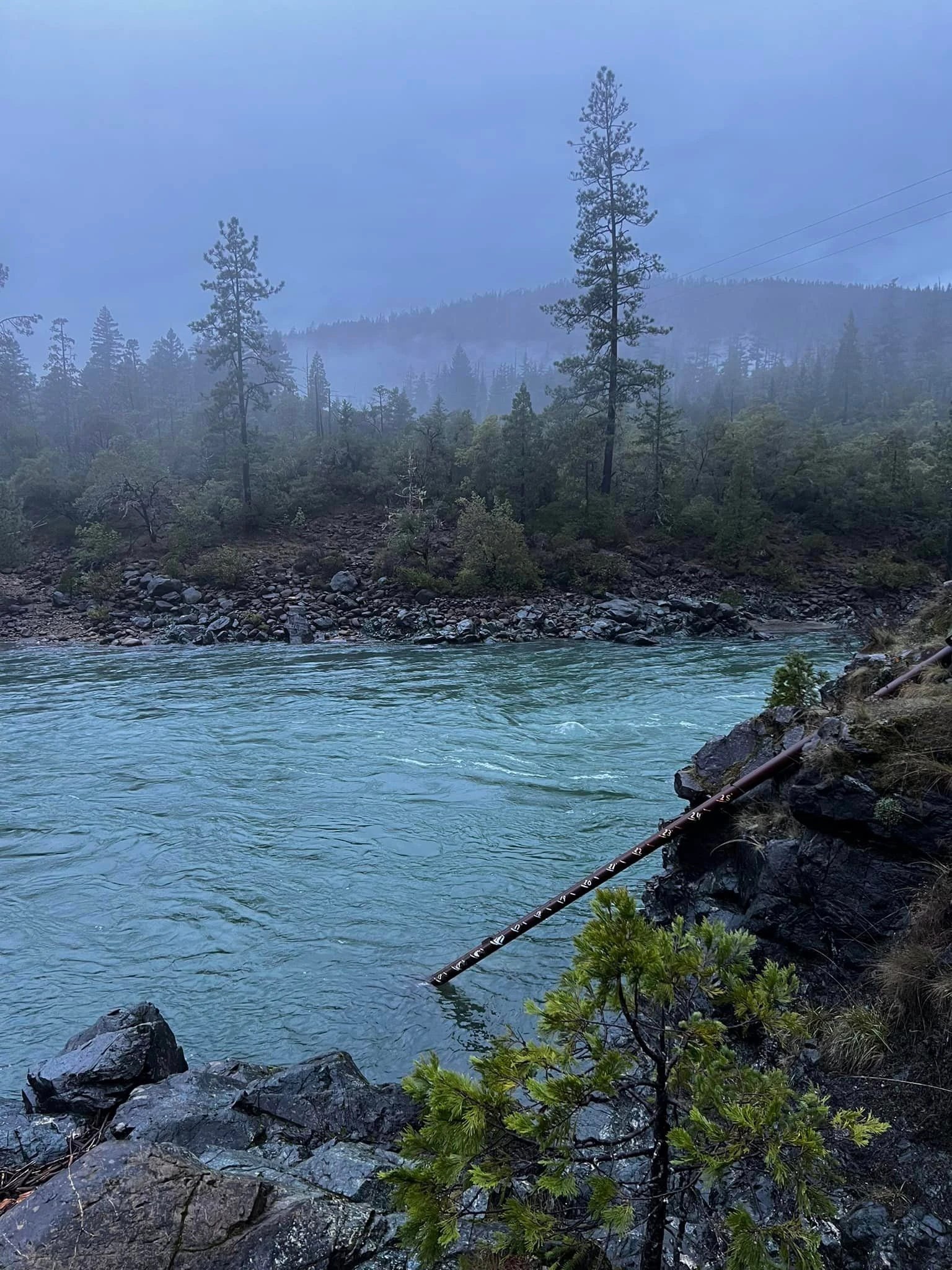
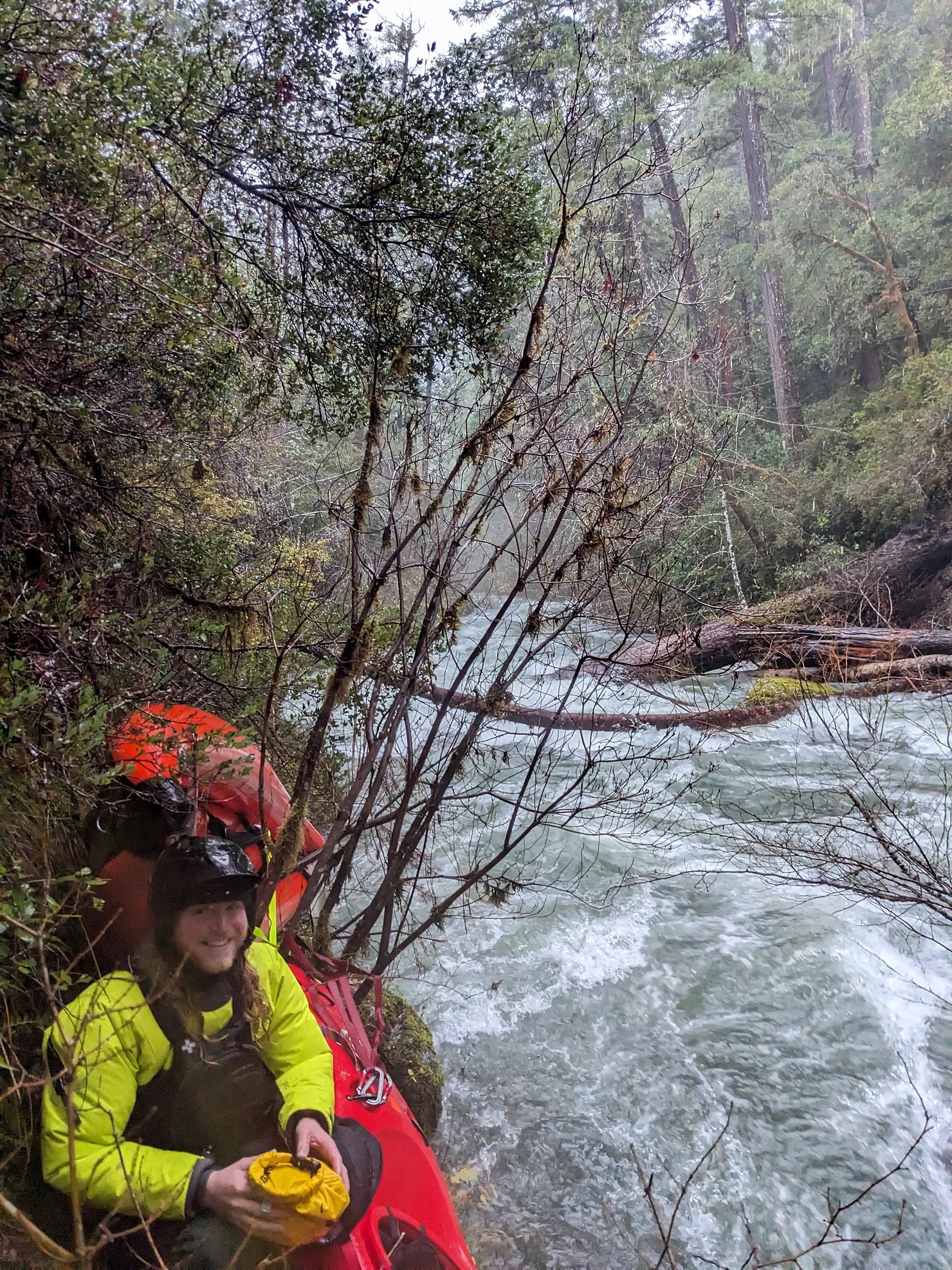
Leave a comment
This site is protected by hCaptcha and the hCaptcha Privacy Policy and Terms of Service apply.